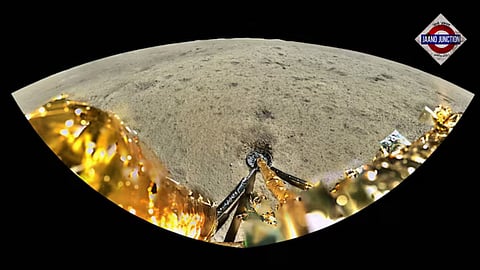

China's Chang'e-6 lunar probe has successfully returned to Earth, bringing back the first-ever samples from the Moon's far side. The spacecraft landed in the Inner Mongolia region on June 25, marking a significant milestone in lunar exploration and China's space program.
The Chang'e-6 mission, launched from Hainan on May 3, collected approximately 2 kilograms of lunar samples from the Moon's far side, specifically from the Apollo Crater in the South Pole-Aitken basin.
This region is of particular interest to scientists due to its unique geological features, which differ significantly from the near side of the Moon.
The mission's success is a testament to China's growing capabilities in space exploration.
The Chang'e-6 probe used a drill and a robotic arm to gather soil and rock samples, which were then transported back to Earth via a return rocket. The samples are expected to provide valuable insights into the Moon's geological history and the differences between its near and far sides.
Scientists believe studying these samples could unlock key insights into the formation of the Moon and other planets billions of years ago.
For China, the success of Chang'e-6 marks another major milestone in its ambitious lunar exploration program. Having already achieved firsts like the first far side landing and deployment of a rover, China aims to have taikonauts walk on the lunar surface before 2030.
